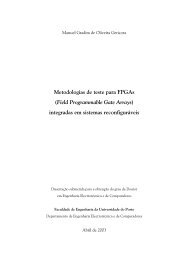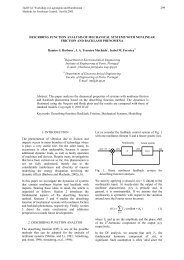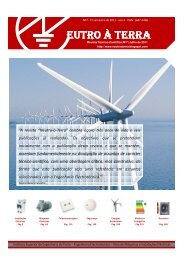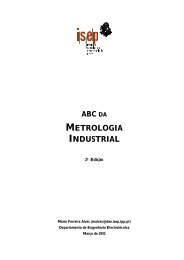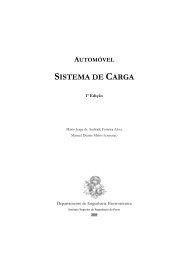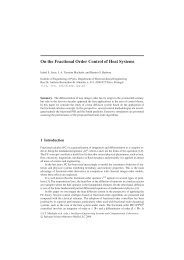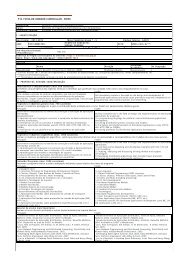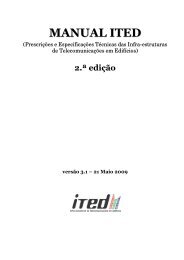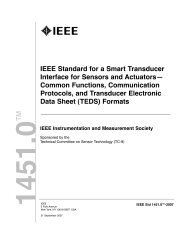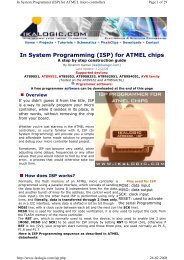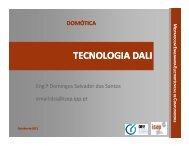AUTOMOTIVE ELECTRICAL CIRCUITS AND WIRING
AUTOMOTIVE ELECTRICAL CIRCUITS AND WIRING
AUTOMOTIVE ELECTRICAL CIRCUITS AND WIRING
You also want an ePaper? Increase the reach of your titles
YUMPU automatically turns print PDFs into web optimized ePapers that Google loves.
One circuit, referred to as the "A" circuit, shunts the field current from the insulated<br />
brushes through the field winding grounding externally at the regulator.<br />
In the other, the "B" circuit, the field current is shunted from the armature series<br />
winding in the regulator to the generator field windings, grounding internally within<br />
the generator.<br />
The three basic design factors that determine generator output are (1) the speed of<br />
armature rotation, (2) the number of armature conductors, and (3) the strength of the<br />
magnetic field. Any of these design factors could be used to control the generator<br />
voltage and current. However, the simplest method is to determine the strength of the<br />
magnetic field and thus limit the voltage and current output of the generator.<br />
REGULATION OF GENERATOR OUTPUT<br />
The fields of the generator depend upon the current from the armature of the generator<br />
for magnetization. Because the current developed by the generator increases in direct<br />
proportion to its speed, the fields become stronger as the speed increases and,<br />
correspondingly, the armature generates more current. The extreme variations in speed<br />
of the automotive engine make it necessary to regulate output of the generator to<br />
prevent excessive current or voltage overload. On the average unit of CESE, a<br />
charging current in excess of 12 to 15 amperes is harmful to a fully charged battery if<br />
continued for too long.<br />
Regulators are of two types, functioning to regulate either voltage or current. The<br />
voltage regulator regulates the voltage in the electric system and prevents excessive<br />
voltage, which can cause damage to the electric units and overcharge the battery. The<br />
current regulator is a current limiter; it prevents the generator output from increasing<br />
beyond the rated output of the generator.<br />
Regulation of voltage only might be satisfactory from the standpoint of the battery;<br />
however, if the battery were badly discharged or if a heavy electrical load were<br />
connected, the heavy current might overload itself to supply the heavy current demand.<br />
Therefore, both current and voltage controls are used in a charging system.<br />
In most applications, a regulator assembly consists of a cutout relay, current regulator,<br />
and voltage regulator (fig. 2-13). Each unit contains a separate core, coil, and set of<br />
contacts. The regulator assembly provides full control of the shunt-type generator<br />
under all conditions. Either the current regulator or the voltage regulator may be<br />
operating at any one time, but in no case do they both operate at the same time.<br />
When the electric load requirements are high and the battery is low, the current<br />
regulator will operate to prevent the generator output from exceeding its safe<br />
maximum. In this case, the voltage is not sufficient to cause the voltage regulator to<br />
operate. But if the load requirements are reduced or the battery begins to come up to<br />
<strong>AUTOMOTIVE</strong> <strong>ELECTRICAL</strong> <strong>CIRCUITS</strong> <strong>AND</strong> <strong>WIRING</strong> 22/ 101



